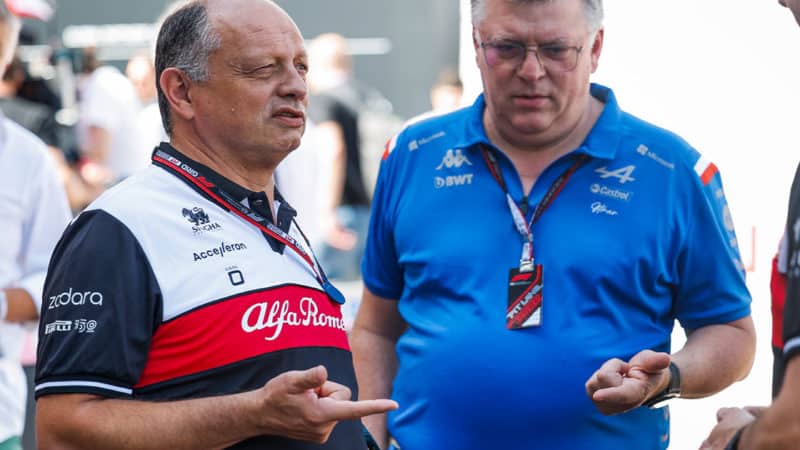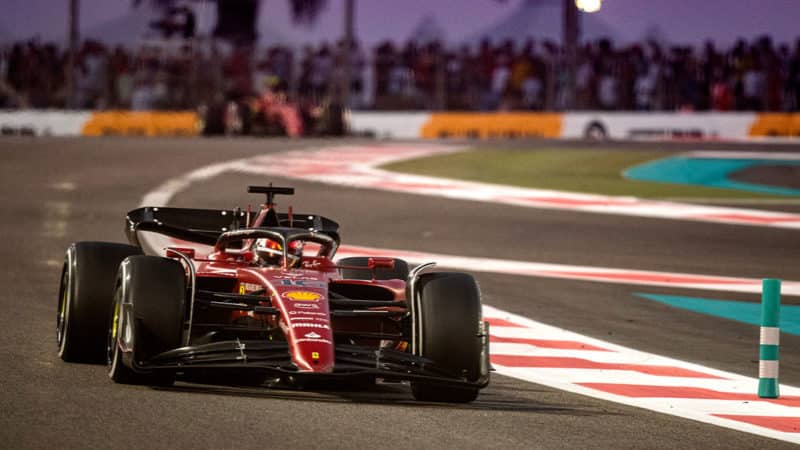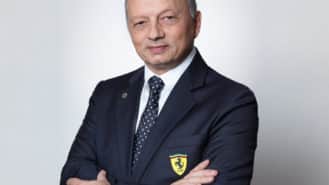Ferrari reportedly tried twice to recruit Andreas Seidl from McLaren and twice he’s said to have turned them down. Instead, he heads to Sauber to replace Vasseur, but in the role of CEO. He will be appointing his own team principal in time. This is very much an Audi appointment even though it has not yet completed its buy-in to the team. Seidl is there to preside over the build-up of the team’s resources, to transform it from a group of 400 people to one maybe twice that size. He’s there very much to oversee the investment strategy within the cost cap regulations, but at the same time he must be attending to the operational problems he has inherited from Vasseur’s time there and before. He is under less immediate pressure than Vasseur at Ferrari, but faces a highly complex and multi-faceted challenge, one which he is surely up to.
McLaren’s promotion of Andrea Stella as Seidl’s replacement has been received very favourably at the team’s base. His rise from Fernando Alonso’s race engineer at Ferrari to senior engineer at McLaren and then executive director of racing has been seamless. Not a self-promoter, but diligent, intelligent and a good communicator, he’s been there long enough to have a very thorough understanding of the team and what it needs. He worked well alongside Seidl and now takes on the task of continuing its attempts at transcending its customer team status, something which should be possible longer term, but which is a difficult task at the moment, given that its new wind tunnel won’t be operational until 2024. Operationally, it’s a slicker team than a few years ago but essentially it’s in a holding pattern until its new facilities come on line. It’s probably a good time for Stella to ease himself into the role.
Williams has parted company with Jost Capito (and technical director Francois Xavier Demaison) but not yet appointed a replacement. That is a crisis management job at the moment, with the team’s future direction far from certain.



